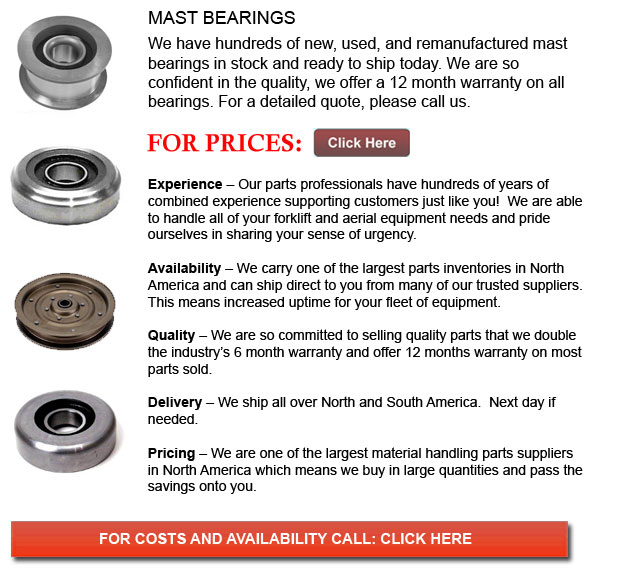
Mast Bearings - A bearing enables better motion between at least 2 parts, usually in a linear or rotational procession. They may be defined in correlation to the flow of applied loads the can take and according to the nature of their use
Plain bearings are usually used in contact with rubbing surfaces, normally with a lubricant like for instance oil or graphite as well. Plain bearings can either be considered a discrete device or not a discrete device. A plain bearing can consist of a planar surface which bears one more, and in this instance will be defined as not a discrete gadget. It could comprise nothing more than the bearing surface of a hole with a shaft passing through it. A semi-discrete instance would be a layer of bearing metal fused to the substrate, whereas in the form of a separable sleeve, it would be a discrete device. Maintaining the correct lubrication allows plain bearings to provide acceptable accuracy and friction at the least expense.
There are different types of bearings that can improve accuracy, reliability and develop effectiveness. In numerous uses, a more fitting and specific bearing could enhance operation speed, service intervals and weight size, therefore lowering the whole costs of using and purchasing equipment.
Numerous types of bearings along with various material, application, lubrication and shape exist in the market. Rolling-element bearings, for example, make use of spheres or drums rolling among the components to lessen friction. Less friction gives tighter tolerances and higher precision as opposed to plain bearings, and less wear extends machine accuracy.
Plain bearings are normally made using different types of metal or plastic, depending on how corrosive or dirty the surroundings is and depending on the load itself. The kind and use of lubricants could considerably affect bearing friction and lifespan. For example, a bearing can function without any lubricant if constant lubrication is not an alternative as the lubricants could be a magnet for dirt which damages the bearings or equipment. Or a lubricant could better bearing friction but in the food processing industry, it could need being lubricated by an inferior, yet food-safe lube to be able to prevent food contamination and ensure health safety.
The majority of high-cycle application bearings need cleaning and some lubrication. Periodically, they can require adjustments to help reduce the effects of wear. Some bearings could need occasional maintenance to avoid premature failure, although fluid or magnetic bearings could need not much preservation.
Prolonging bearing life is normally done if the bearing is kept well-lubricated and clean, although, some kinds of operation make consistent maintenance a challenging job. Bearings situated in a conveyor of a rock crusher for instance, are continuously exposed to abrasive particles. Regular cleaning is of little use in view of the fact that the cleaning operation is costly and the bearing becomes dirty over again when the conveyor continues operation.
![]() Click to Download the pdf
Click to Download the pdf
Forklift Parts
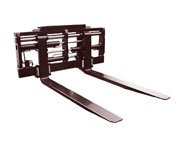



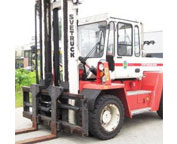
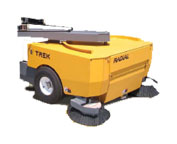

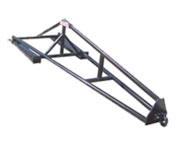
Lift Parts Express
TOLL FREE: 1-888-695-7994
Longview, Washington
forkliftpartslongview.com
Email Us
About Us


